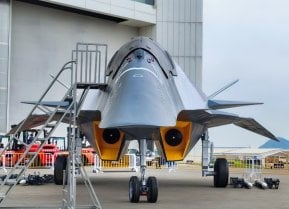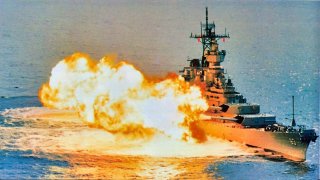Could U.S. Navy Iowa-Class Battleships Make the Ultimate Comeback in 60 Days?
Calls to reactivate battleships like the USS New Jersey reflect misplaced nostalgia rather than strategic sense. Even if they could be restored, battleships are outdated for modern warfare.
What You Need to Know: Calls to reactivate battleships like the USS New Jersey reflect misplaced nostalgia rather than strategic sense. Even if they could be restored, battleships are outdated for modern warfare.
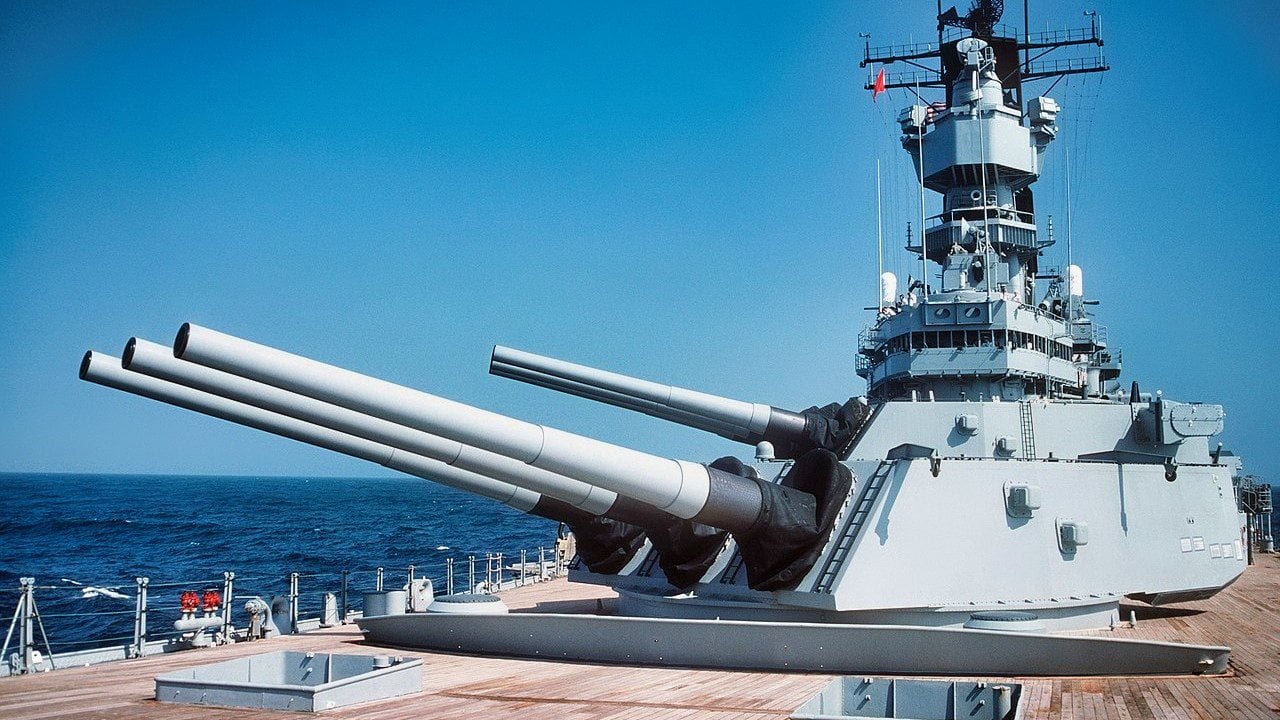
-With their need for close-range engagement, they’d be vulnerable to advanced anti-access/area-denial (A2/AD) systems designed to keep warships at bay.
-Their manpower requirements, lack of automation, and difficulty in maintenance further diminish their viability. Instead, the U.S. should focus on developing hypersonic weapons, unmanned vehicles, and directed-energy systems to counter distant threats from adversaries like China.
-Investing in these technologies offers far more value than reviving relics from WWII.
Why Reactivating Battleships Like USS New Jersey is a Strategic Misstep
The age of the battleship is over, but some people have yet to get that 80-year-old message.
A recent piece in Popular Mechanics outlines how the U.S. Navy could reactivate the battleship New Jersey in just 60 days. It’s one of those wistful thought pieces meant to sound heady but sentimental at the same time. To be clear: There is no place on the modern battlefield for a battleship, no matter how much of a punch she can take.
For starters, even the Popular Mechanics piece had to admit there is a “non-working fuel system, a lack of gunpowder, and explosive charges for shells, and a near complete lack of spare parts.” In fact, the kind of shells used by the remaining battleships in America – now immaculately preserved, recently upgraded museum ships – are no longer produced, and have not been for more than a decade.
Reactivating a battleship like USS New Jersey, even if it could be done on the short timeline the Popular Mechanics piece outlines, would be a waste.
Missing the Point
Battleships must be relatively close to their targets to take them on. On the modern battlefield, America’s enemies have crafted capabilities such as anti-access/area-denial (A2/AD) systems that are designed to keep U.S. warships far over the horizon. You might be inclined to argue that the battleship is designed to take some hits. Indeed, it is. But it is not impervious.
If a battleship is being deployed, one can rest assured that all other viable options have been exhausted by the Navy, and it is desperate. War has already broken out. A2/AD systems have already been used to great effect against the U.S. Navy’s fleet. The battleship’s thicker armor would mean it can last longer in a battle. But it would ultimately be overwhelmed by the A2/AD systems of America’s rivals.
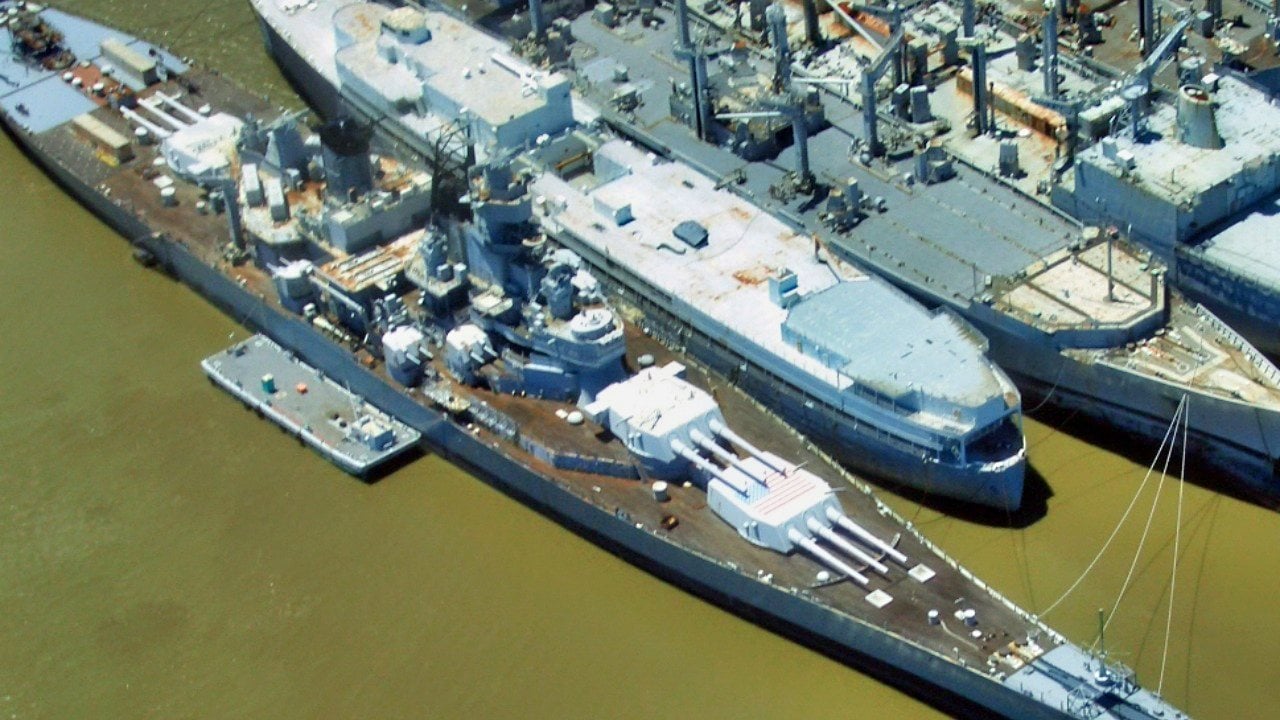
No amount of modernizing would negate the fact that battleships are too human-capital-intensive to be of any use to the modern, scaled-back Navy. A battleship requires around 1,600 crewmembers to operate effectively. There would be little automation, making any potentially reactivated battleship a real hog of limited resources.
The lack of automation would make it invulnerable to cyber shenanigans that most U.S. forces in a great power war would be subjected to. Ultimately its age, and the lack of adequate maintenance capabilities to sustain this warship, would make its usefulness in modern combat limited.
Sure, it would be something for the ages to see the old battlewagons get their day in modern combat. But the cost of restoring these boats to fighting form only to have them lost in the early phases of any war make them not worth the headache.
Even the absurd failures that are the Zumwalt-class destroyers would likely be more useful in modern combat. They could be refitted as hypersonic weapons delivery platforms.
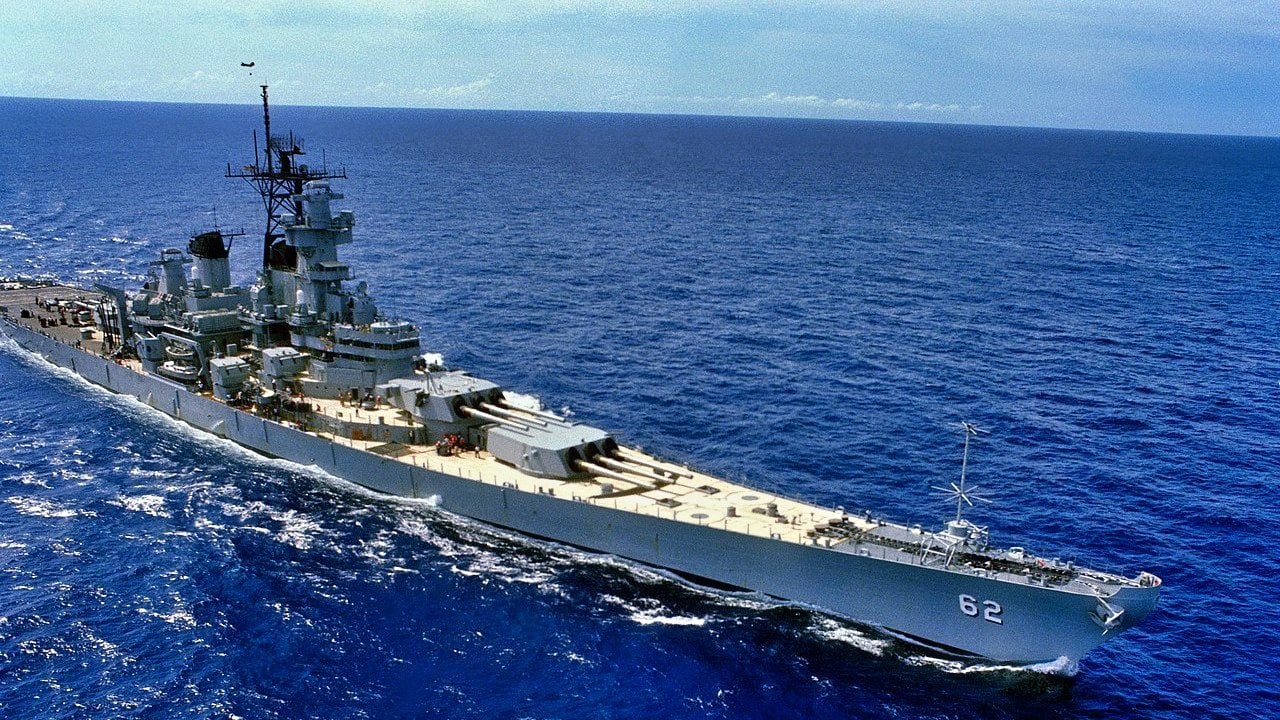
Some Modifications Worth Considering
Now, if the battleships also were outfitted with ship-launched hypersonic weapons, that might make things somewhat more interesting. But, again, the cost of such upgrades is not worth it when other platforms could easily accomplish this mission.
This brings us to the main issue. Modern warfare will be fought at a distance. The U.S. military needs systems that provide for that. Right now, America’s rivals, namely China, have developed the means to keep U.S. forces at a distance.
To overcome that distance, America must prioritize the development and deployment of hypersonic weapons. The Pentagon must also develop systems that are both cheap and easily replaced if lost in combat, such as unmanned undersea vehicles and swarms of unmanned aerial vehicles. Meanwhile, directed-energy weapons will assist in the defense of U.S. assets targeted by rival long-range weapons.
All the things listed above are of far more strategic value than reconstituting the 80-year-old battleships of yesteryear. Let’s stay focused on that rather than getting all sentimental.
Author Experience and Expertise: Brandon J. Weichert
Brandon J. Weichert, a National Interest national security analyst, is a former Congressional staffer and geopolitical analyst who is a contributor at The Washington Times, the Asia Times, and The-Pipeline. He is the author of Winning Space: How America Remains a Superpower, Biohacked: China’s Race to Control Life, and The Shadow War: Iran’s Quest for Supremacy. His next book, A Disaster of Our Own Making: How the West Lost Ukraine, is due October 22 from Encounter Books. Weichert can be followed via Twitter @WeTheBrandon.
All images are Creative Commons or Shutterstock.
From the Vault
Russia Freaked Out: Why the U.S. Navy 'Unretired' the Iowa-Class Battleships
Battleship vs. Battlecruiser: Iowa-Class vs. Russia's Kirov-Class (Who Wins?)
